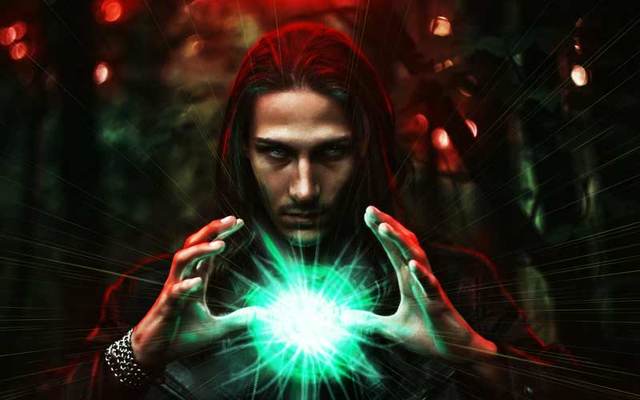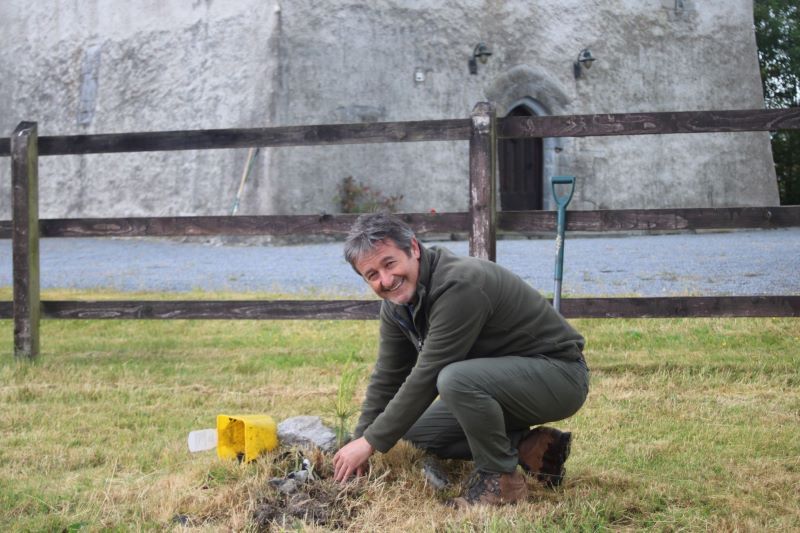Tales of the Fairy Queen are a staple of Irish storytelling, but the identity of the Fairy King remains a fascinating topic of debate among folklorists. Ancient legends present a variety of powerful contenders for the crown, each bringing their own unique magic and history to the rich tapestry of Celtic myth.
Stories of fairies are prominent in Irish folklore, and the belief in a fairy hierarchy, or fairy royalty, has long been a popular notion. But while much has been written about the Fairy Queen (often named Titania or Queen Mab), the Fairy King is a more mysterious figure.
Many different Fairy Kings
Actually, several Irish mythological figures have been deemed the Fairy King. Here are a few that have claimed the title:
Finvarra, sometimes spelled Finnbheara, is said to be the King of the Fairies of Connacht. His name means “Fair Haired” in Old Irish. Finvarra is also the King of the Daoine Sidhe, a race of deities in Irish mythology, and is sometimes described as the King of the Dead.
His home is at Knockmaa in County Galway, where he is married to the Fairy Queen Una (or Oona). However, he is known for his many affairs with beautiful mortal women. He frequently abducts mortals but also gives generous aid to those he favors.
Lubdan is the Fairy King of Ulster. He is the leader of the Wee Folk or Tiny People. Despite his diminutive size, Iubdan is known for his boastfulness. His Fairy Queen is called Bebo. Because the Wee Folk are only a few inches tall, they hold the belief that Ireland is inhabited by giants.
Ailill is the king of Connaught in the Ulster Cycle of Irish mythology, one of the four great cycles of Irish mythology. He is also said to be the Milesian Fairy King of Leinster. He is described as extremely tall with reddish skin and a gold diadem atop his head.
He is married to the fair-haired, warrior queen Medbh, who is believed to be the inspiration for the fairy Queen Mab immortalized in Edmund Spenser’s "Faerie Queen."
Midhir, or Midir, is an essential figure in the Mythological Cycle of early Irish literature. His name comes from the Old Irish word for "judge". He was the son of the Dagda of the Tuatha Dé Danann.
After the Milesians defeated the Tuatha Dé, he lived in the Sidh of Brí Léith, believed to be modern-day Ardagh Hill, Co. Longford. Midair was married to Fuamnach but fell in love with Etain. His jealous wife turned Etain into a fly and sent her away from Ireland’s fairy hills.
Oberon is the most famous of the Fairy Kings. He and his wife Titania, the Queen of the Fairies, feature prominently in William Shakespeare’s play "A Midsummer Night’s Dream," where they argue over a changeling child.
One of the earliest known references to Oberon appears in a 13th-century French heroic ballad titled "Les Prouesses et faitz du noble Huon de Bordeaux." Oberon, or Auberon here, is referred to as an elven man of the forest encountered by the hero Huon.
How to Summon a Fairy King
You may be familiar with the traditional Irish tune “King of the Fairies.” Modern versions of the song have been performed by both the Dubliners and the Irish Rovers.
According to folklore, the song is used to summon the Fairy King. If you play it three times in a row during a party, the Fairy King must appear. If he likes the party, he will stay and join in the festivities. If he thinks the gathering is boring, expect mayhem!
* Originally published in 2020, updated in Dec 2025.




Comments